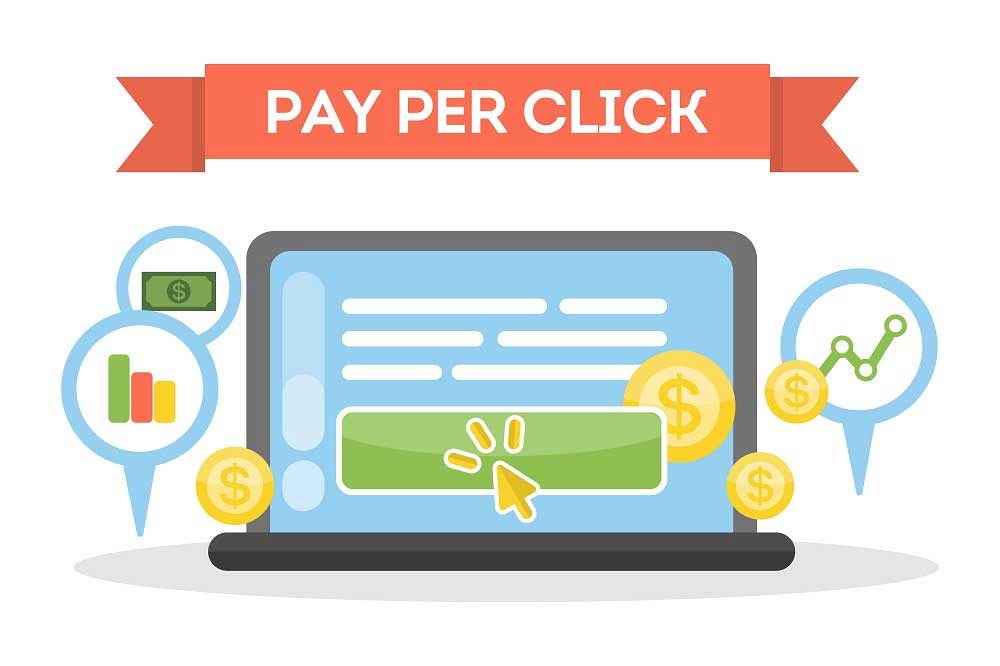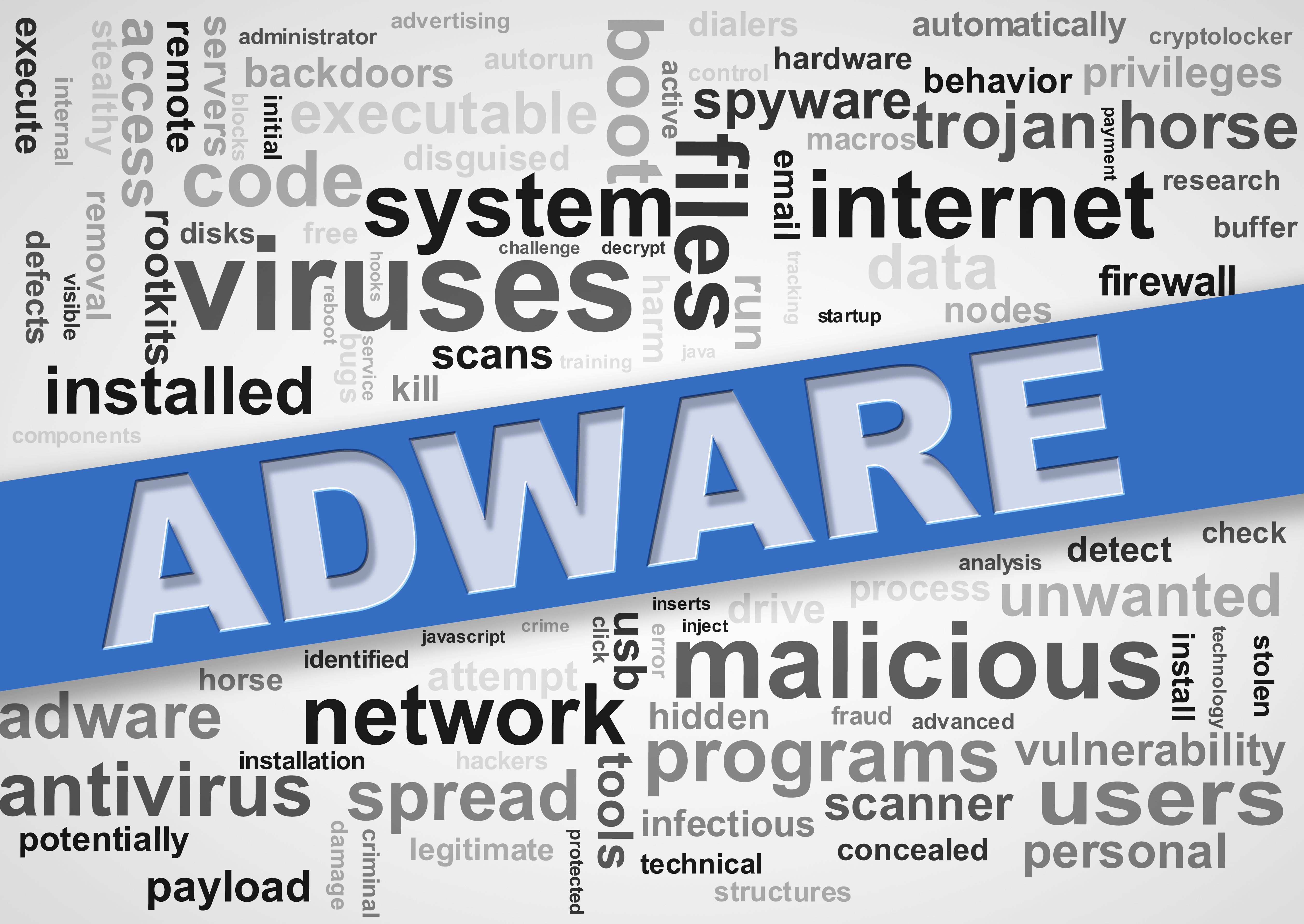Understanding Affiliate Ad Hijacking
Pay-per-click advertising campaigns that use your own Brand Keywords can be an affordable way to generate sales and leads. However, this strategy can also be tempting for unscrupulous Affiliates. They may be unable to resist targeting your branded keywords.
If your branded ad campaigns are experiencing a decrease in impressions, clicks, and conversions, it is possible that you have fallen prey to an Affiliate Ad Hijacker.
Within this Article, you will gain knowledge on:
- Definition of Affiliate Hijacking
- The negative impact of Affiliate Ad Hijacking
- Identifying potential Affiliate Ad Hijacking
- Preventing affiliate Ad Hijacking
Understanding affiliate Ad Hijacking
The act of affiliate ad hijacking is commonly known as "affiliate hijacking", "direct linking". However, the term "direct linking" encompasses a wider range of disruptions in paid and organic search engine result pages (SERPs).
Affiliate hijacking can happen when an affiliate creates an advertisement that closely resembles an official ad from a brand. This deceptive tactic aims to mislead online shoppers by using the brand's display URL and directing clicks through an affiliate redirect to the brand's website, bypassing the affiliate's web page.
The Harmful Effects of Affiliate Ad Hijacking
One of the most detrimental outcomes of Ad Hijacking carried out by affiliate marketers is that it prevents genuine branded ads from being displayed. This is due to the fact that Google Ads and Microsoft Ads have a policy of not showing multiple ads with the same display URL simultaneously. Therefore, if an affiliate's ad is being displayed, your own ad cannot be shown. Additionally, if the affiliate outbids you, your ad will not even appear at all. Moreover, even when your ad is displayed, the average cost per click will be increased because of the affiliate's bidding on the same keywords.
However, the damage does not stop there. Affiliate hijackers generate clicks through their tracking links, often disguised with redirects to make it harder for the affected brands to identify the perpetrators. As a result, they receive a commission for clicks that they were not entitled to receive in the initial stage.
Ad hijacking also leads to additional ramifications. Affiliates may utilise outdated or incorrect brand messaging, resulting in a decrease in the brand's perceived prestige.
In short, Ad Hijacking can result in the following consequences:
- Your SEM efforts may result in a decrease in impressions, clicks, and sales for your branded campaigns.
- You may experience higher CPCs due to competing with your own campaigns.
- There is a possibility of increased affiliate commission costs.
- The auction insights data may be misleading or inflated. This is because the affiliate uses your top level domain as the display URL for their ads, which can skew the data in the auction insights report.
- Your brand's reputation may also be at risk due to these factors.
What are the signs of Affiliate Hijacking of your advertisements?
It can often be difficult to determine if an affiliate is hijacking your ads just by looking at them. This is due to the use of unauthorised messaging, making ad hijacking a challenging issue to identify and resolve. The hijacked ads appear to be official and branded, and they ultimately lead shoppers to the intended destination on your website. The only indicator is a quick redirect from the search engine, through the affiliate's tracking URL, and ultimately to your site.
It should be noted that unscrupulous partners may employ techniques such as ad scheduling, imitating your ad tracking provider's URLs, and geo targeting settings to make it challenging to detect their actions. For example, they may only display their ads during non-business hours or in areas where they believe your performance monitoring is not as vigilant.
Usually, affiliate hijacking is identified through analysing analytics and other advertising data. The most obvious signs include:
- A decrease in the number of impressions, clicks, and conversions for your branded advertisements
- A rise in referral traffic & earnings from affiliates
- Affiliates who have conversion rates that are very similar to your branded campaigns.
How To Fight Ad Hijacking?
While some red flags can serve as potential indicators of Ad Hijacking, relying solely on manual investigation is both time-consuming and prone to errors. Instead, relying on automated tools like VPT’s ad fraud detection solutions can make the process efficient and accurate. Our tools automatically search the web, pinpointing infringements that even experienced PPC managers might miss.
In the end, affiliate Ad Hijacking represents a significant challenge in the world of online advertising. Evidence gathering and robust enforcement of restrictions are essential to fight this deceptive practice. By taking these steps, brands can preserve their integrity, protect their customers, and maintain control over their advertising efforts.







